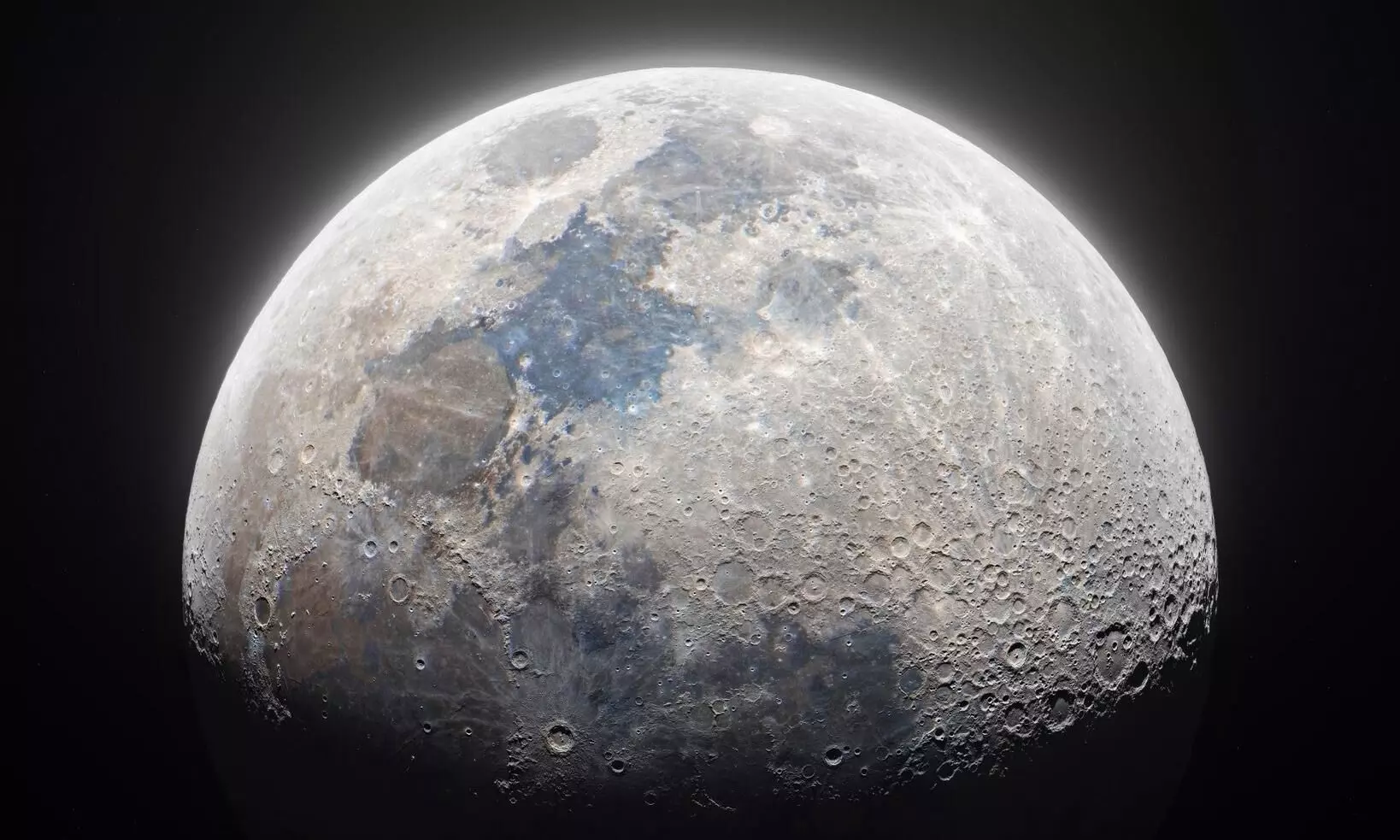
Moon sees unprecedented shrinkage, poses risks to NASA missions
text_fieldsThe Moon is slowly but unexpectedly shrinking. The natural satellite of Earth is also seeing several landslides.
Over the last few hundred million years, the Moon's circumference has reduced by 150 feet due to interior cooling.
A recent study revealed that the unprecedented phenomenon has been causing surface creases and faults. Unlike flexible substances, the Moon's brittle surface develops faults as crustal sections press against each other, resulting in the observed shrinkage.
This phenomenon poses potential hazards for human landings, especially in regions designated for NASA's Artemis crewed landings.
Published in the Planetary Science Journal, the study establishes a correlation between seismic data from past Apollo missions and newly identified surface faults in the moon's south pole region – a region under consideration for future Artemis crewed landings. The research team linked the latest faults with a potent moonquake recorded over 50 years ago, utilising simulations to identify zones prone to earthquake-induced landslides.
The moon's surface, composed of dry, solid materials, has been shaped over billions of years by impacts from asteroids and comets, resulting in a loosely packed, reworked surface vulnerable to shaking and landslides.
With NASA planning its inaugural crewed mission in late 2024, ensuring astronaut safety and lunar infrastructure durability is paramount. A comprehensive understanding of the Moon's seismic patterns, mapping high-risk zones, and developing engineering solutions capable of withstanding lunar tremors are crucial aspects of mission preparation.
Nicholas Schmerr, a co-author of the study and associate professor of geology at the University of Maryland, highlights the significance of this work as the Artemis mission's launch date approaches, stating, "As we get closer to the crewed Artemis mission's launch date, it's important to keep our astronauts, our equipment and infrastructure as safe as possible."
"This work is helping us prepare for what awaits us on the moon—whether that's engineering structures that can better withstand lunar seismic activity or protecting people from really dangerous zones," he added.

















